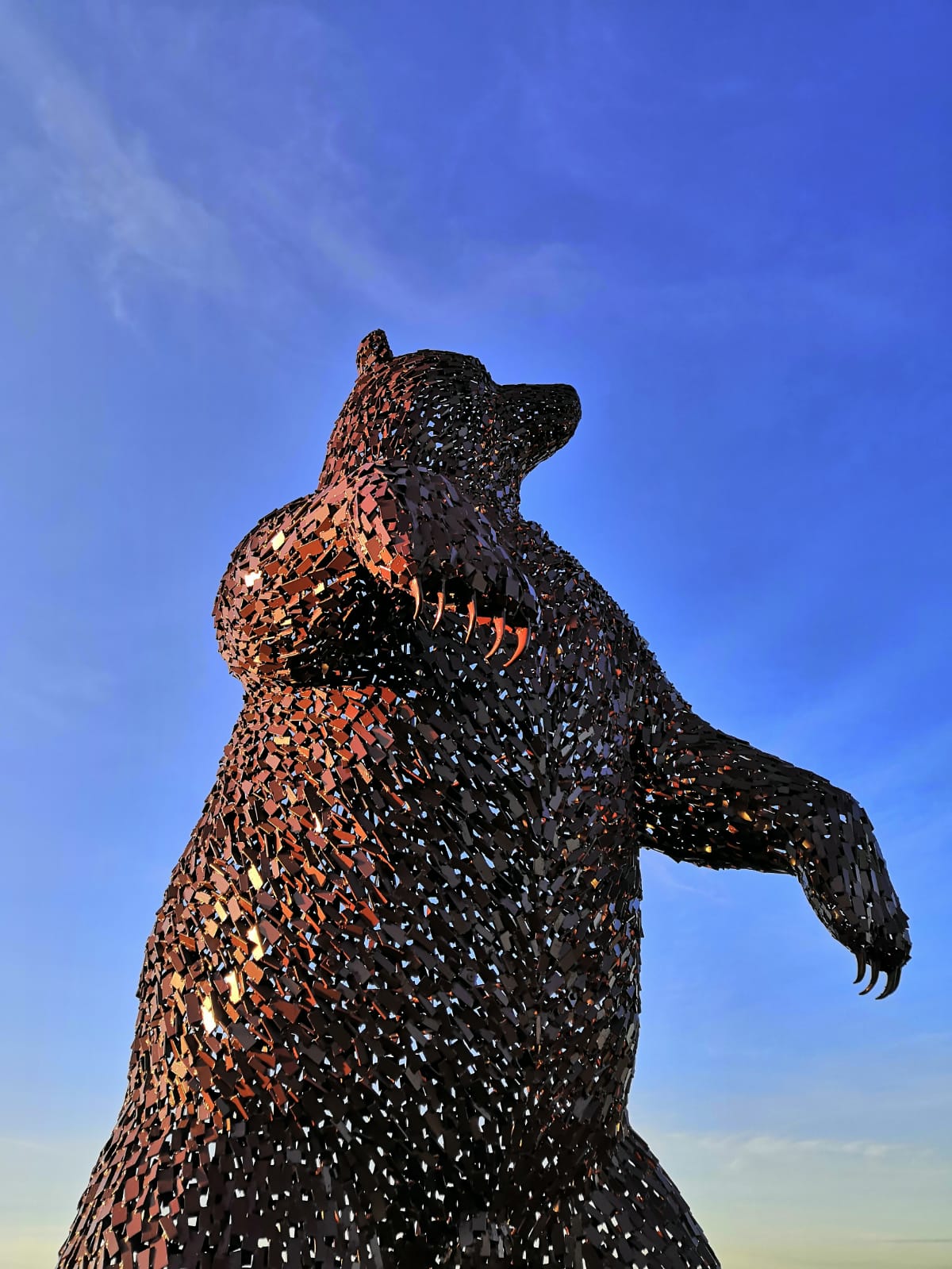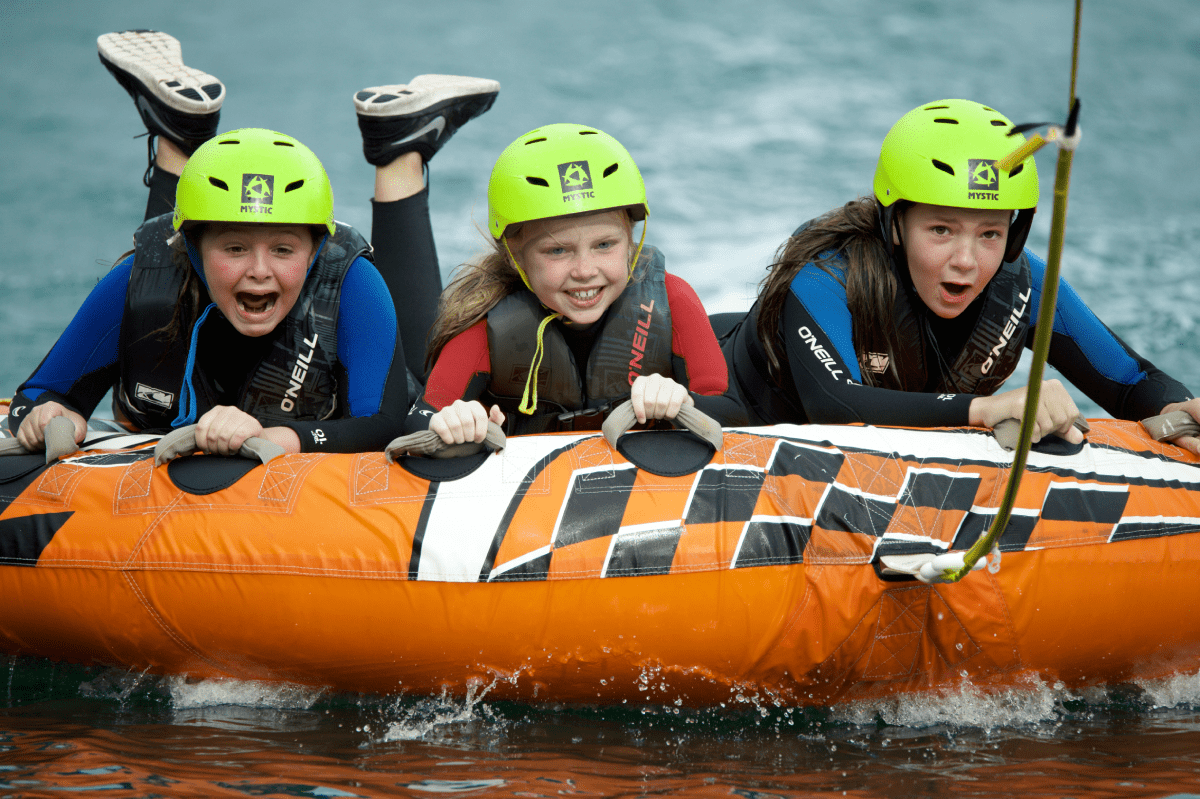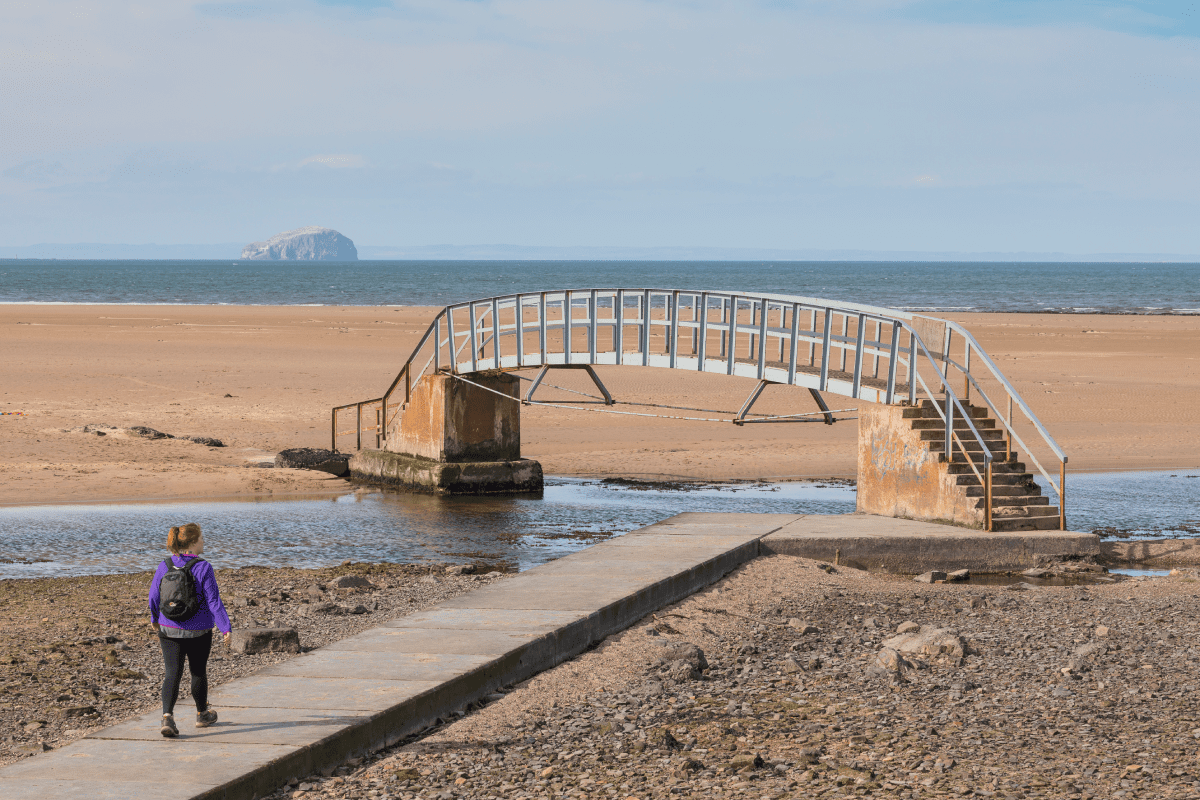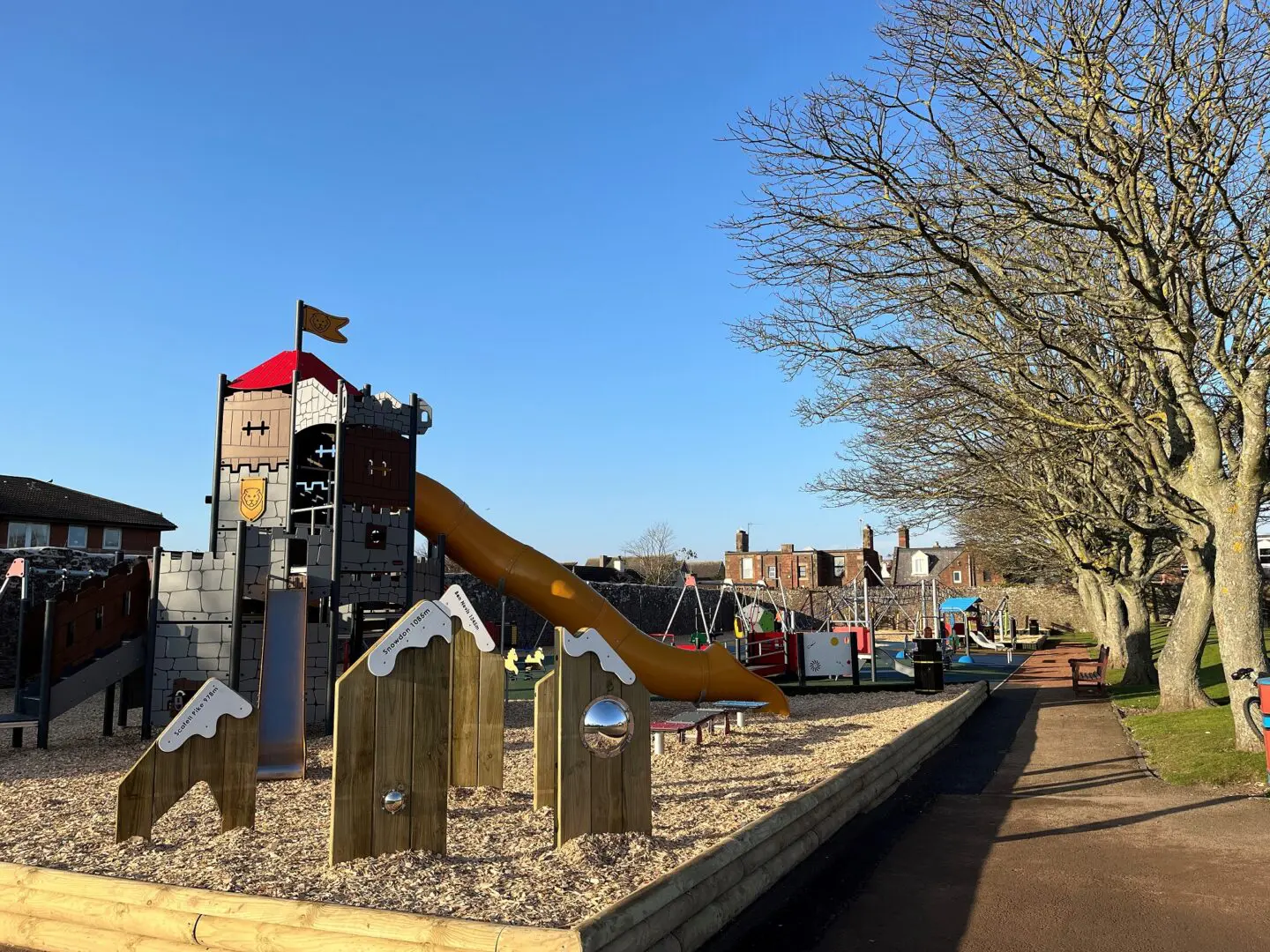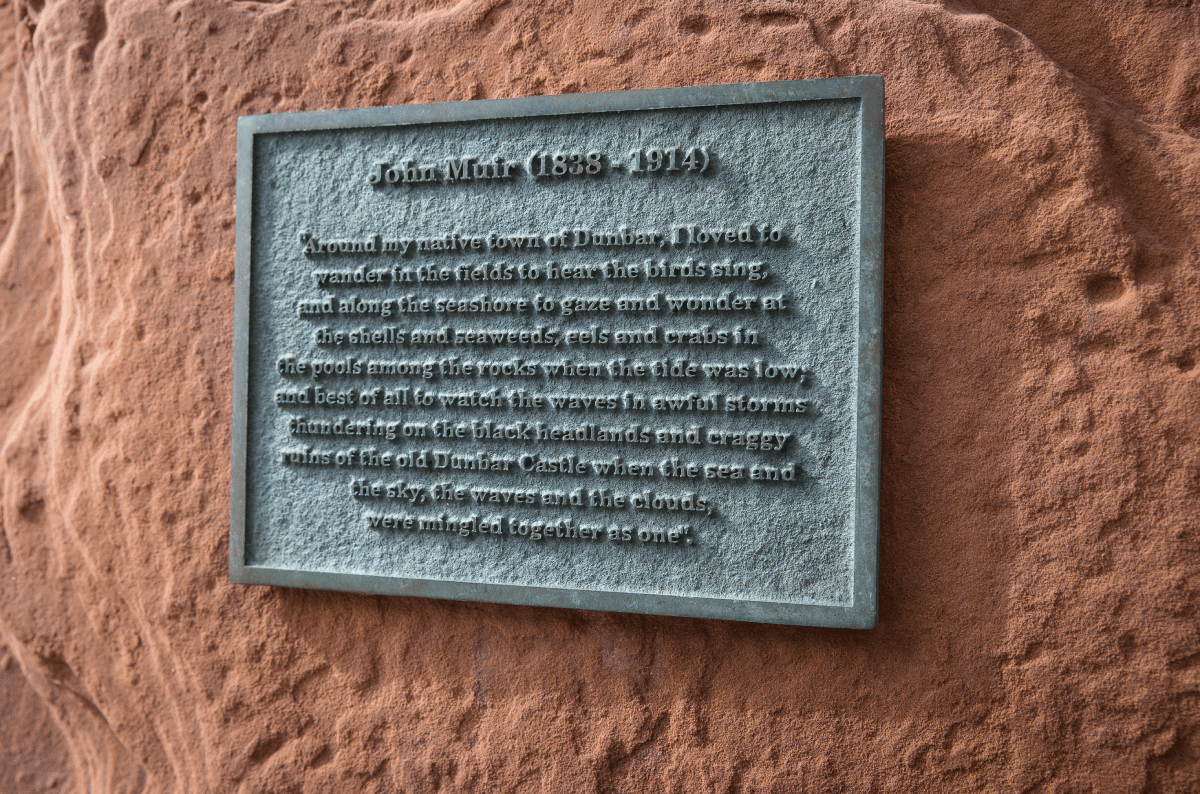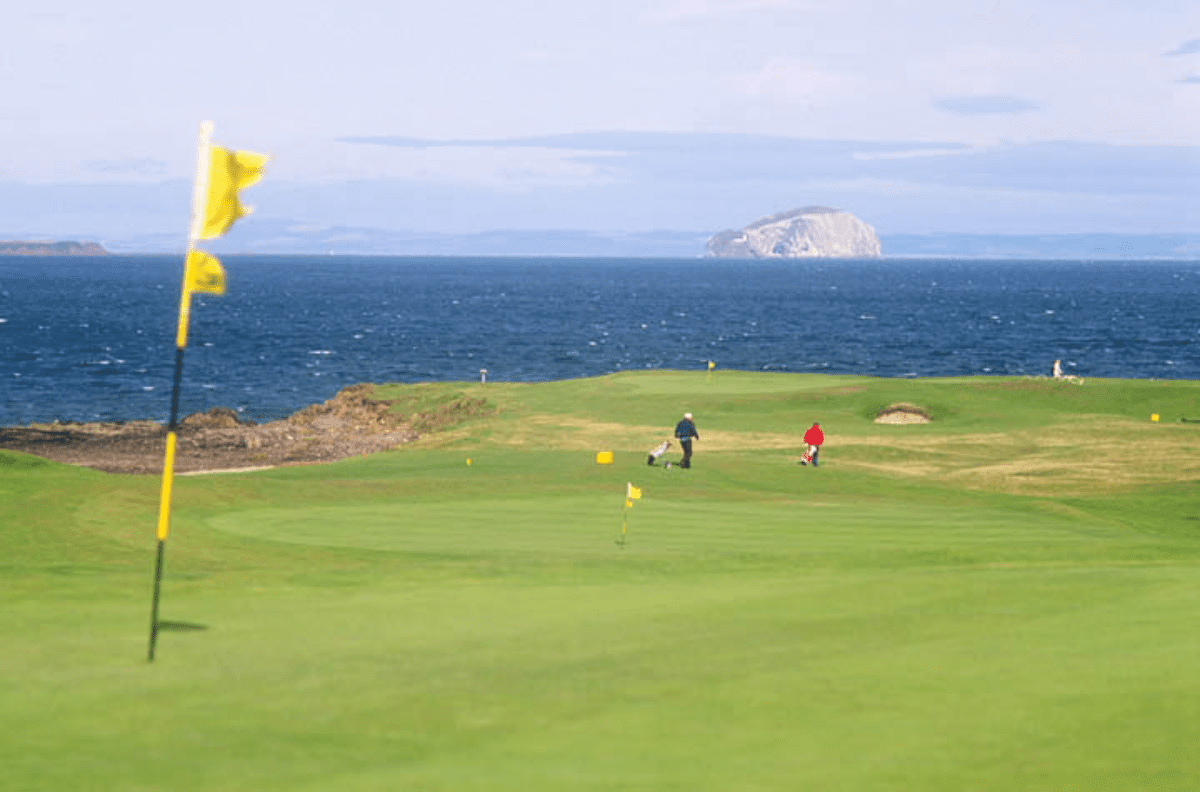Dunbar
Dunbar is on the North Sea coast about 30miles (48km) east of Edinburgh and from the English border north of Berwick-Upon-Tweed.
Dunbar is famed as the birthplace of John Muir who was born here on 21 April 1838. He emigrated to the USA aged 11 with his family in search of a better life. John Muir went on to become an inspirational environmentalist and conservationist and is known as the Father of America’s National Parks. He often writes of Dunbar and how it inspired his love of nature.
Dunbar has a great fishing heritage and today it still has two harbours; Victoria and Cromwell. In days gone by, the main catch was herring - the ‘silver darlings’. The catch was carried by fishwives in creels on their backs along the Herring Road to Lauder in the Scottish Borders for sale - a round trip of 58miles (90km).
The ruins of Dunbar Castle sit at the entrance of Victoria harbour. The Castle has played witness to many major events in Scottish history.
The first battle in the Scottish Wars of Independence in 1296 was fought a few miles to the south-west of the castle and ended with an English victory. Following Robert the Bruce’s victory at Bannockburn in 1314, Edward II fled from the battlefield to the relative safety of Dunbar Castle.
But perhaps the most dramatic story is that of Black Agnes, Countess of Dunbar. She was born in 1312, the daughter of Robert the Bruce’s nephew, Thomas Randolph, and married to the 9th Earl of Moray. In 1337 only Agnes and a few men were residing in the castle when the English set out to capture it. In a siege that lasted 5 months from January 1338, Black Agnes and her men successfully defended the castle and saw the attackers off!
Mary Queen of Scots sought refuge in the castle in April 1566 after the brutal murder of her private secretary David Rizzio at the Palace of Holyrood House in Edinburgh. The next year Mary’s 2nd husband Lord Darnley was also savagely murdered. She was detained at the castle by James Hepburn, the Earl of Bothwell who became her 3rd husband. After defeat at the battle of Carberry Hill in June 1567, Bothwell fled to Dunbar and on to exile. His wife was not so fortunate and was imprisoned in Edinburgh Castle. She abdicated in July 1567 and the Scottish Parliament ordered the destruction of Dunbar Castle. Mary was executed on 8 February 1587.
In September 1650, a Scottish army of 22,000 was defeated by a Cromwellian force, of half the size, at the Battle of Dunbar. Cromwell went on to take Edinburgh which led to Scotland becoming part of the Commonwealth of England, Scotland and Ireland in 1653.
Dunbar is the sunniest place in Scotland and today a popular visitor destination with its rugged coastline, beautiful beaches and rolling countryside. Dunbar’s accessible wide High Street is packed full of unique local shops and food and drink establishments.

